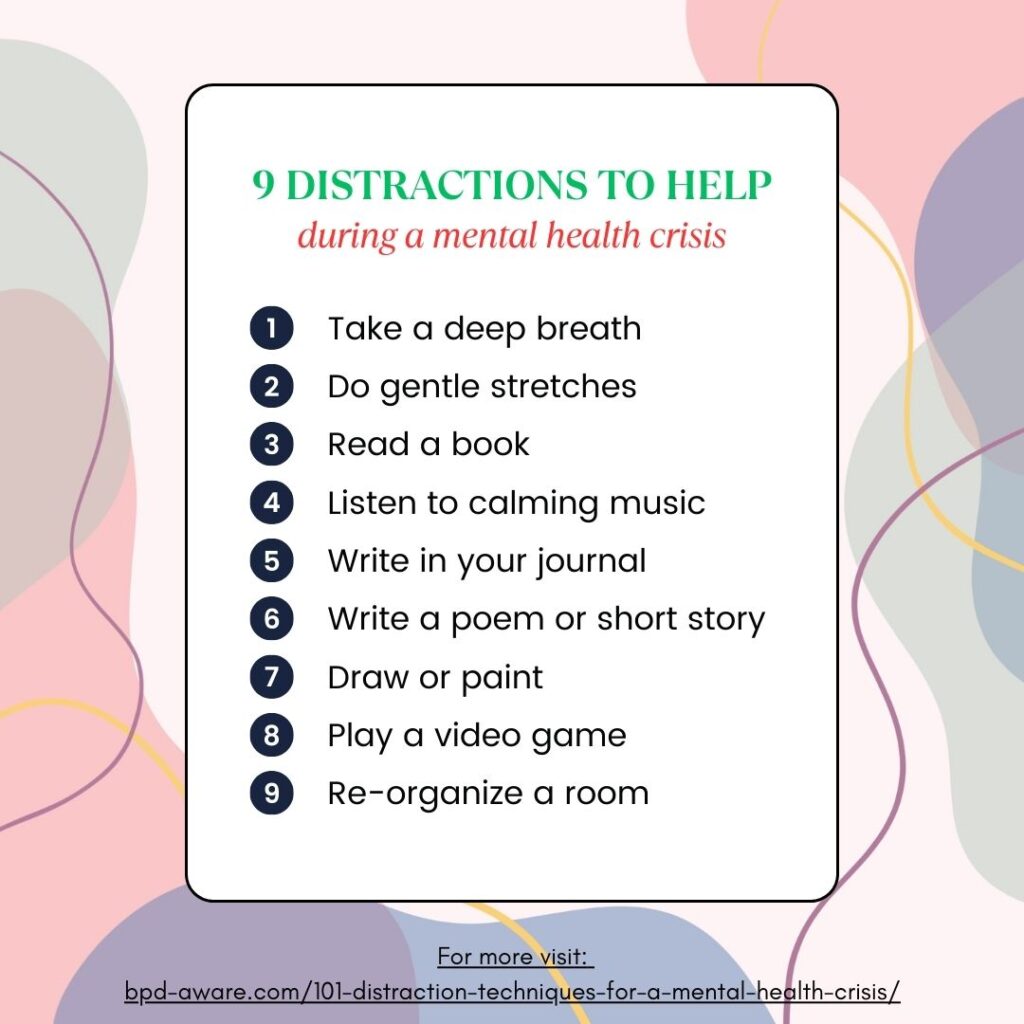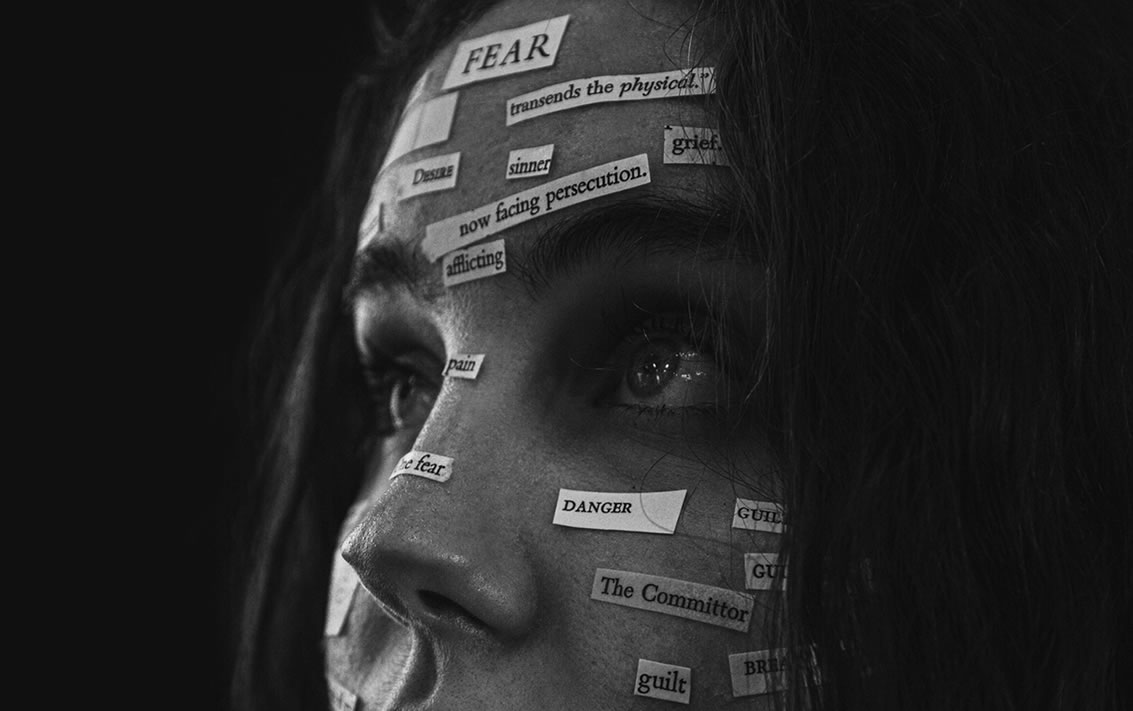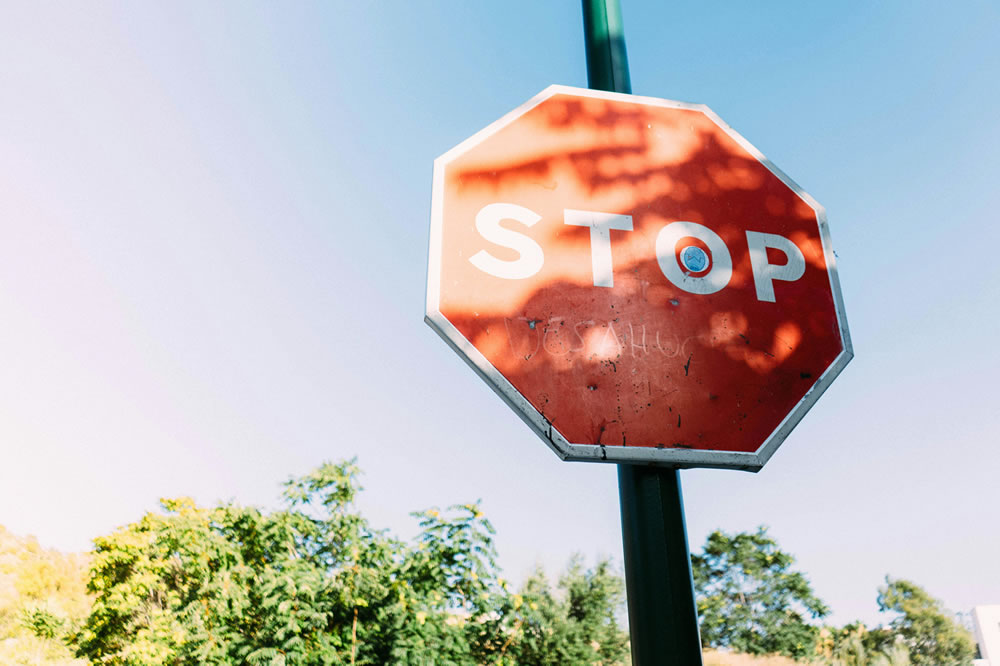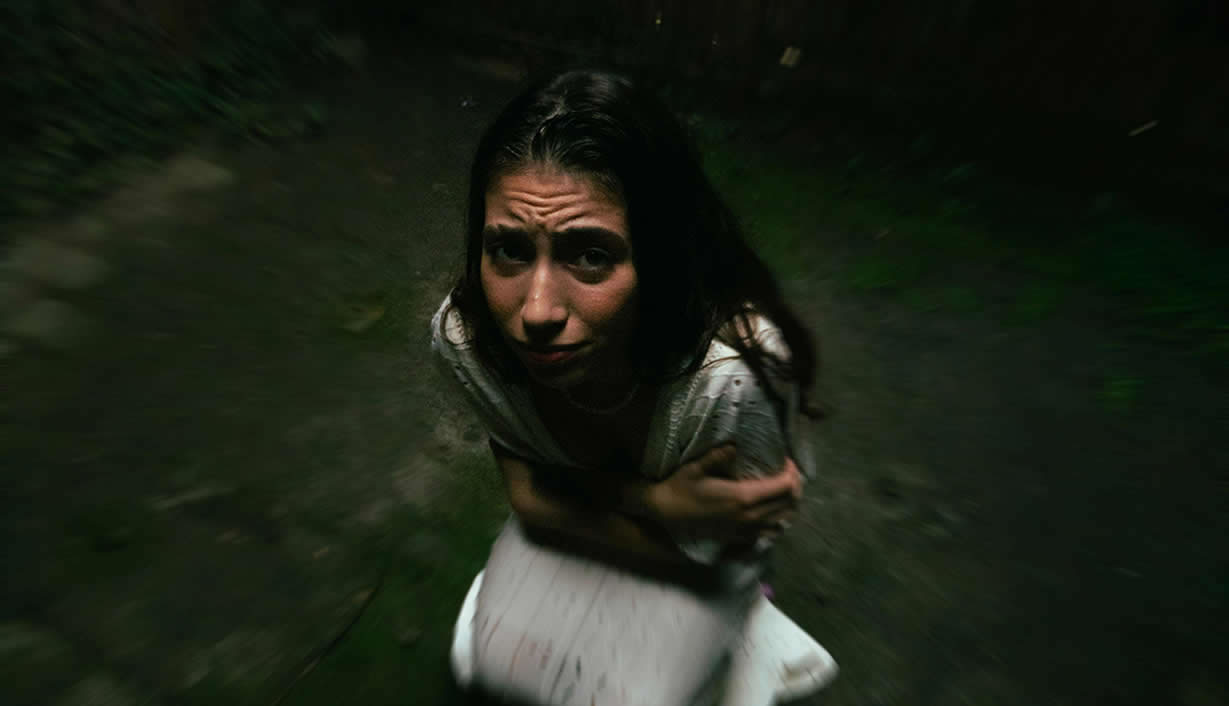During a mental health crisis, individuals with Borderline Personality Disorder (BPD) often find themselves caught in a whirlwind of overwhelmingly intense emotions or thoughts. In such instances, the capacity to rationalize or employ long-term coping strategies may be significantly impaired. Distraction techniques serve as an accessible and immediate form of relief. By redirecting attention away from the source of distress, these techniques can:
Lower Anxiety Levels: By focusing on an alternative task or activity, the body’s physiological response to stress can be mitigated, leading to a reduction in symptoms of anxiety.
Break the Cycle of Rumination: Distraction can help interrupt persistent negative thoughts, providing a break from the cycle of rumination that often exacerbates mental health crises.
Enhance Coping Skills: Regular use of distraction techniques can empower individuals by expanding their repertoire of coping mechanisms, making them feel more in control during moments of distress.
Distraction techniques are akin to a life raft in a stormy sea – a means of staying afloat during particularly turbulent times.
While distraction techniques are invaluable in providing immediate relief during a crisis, it’s crucial to acknowledge that they are not long-term solutions. These strategies are best understood as first aid for the mind—effective in addressing the symptoms of distress but not the underlying causes. Long-term recovery and mental health management often require more comprehensive approaches, including therapy, medication, and lifestyle changes, tailored to address the root of psychological issues.
101 Distraction Techniques for a Mental Health Crisis
Selecting a distraction technique depends on your current energy levels (both physical and mental) as well as your interests. This is why we have arranged these techniques into low-effort, medium-effort, and high-effort to suit your current energy level and needs.
Low-Effort Techniques
1. Breathe deeply: Sit comfortably and focus on taking slow, deep breaths for a few minutes.
2. Listen to calming music: Put on your favorite soothing playlist and let the music wash over you.
3. Watch your favorite TV show or movie: Choose something light and enjoyable to distract you.
4. Hold a comforting object: Keep a soft blanket or a stress ball handy for moments of anxiety.
5. Light a scented candle or incense: The calming scent can help soothe your mind.
6. Look at pictures that make you happy: Scroll through photos on your phone that bring back good memories.
7. Sit outside and feel the fresh air: Just a few minutes outside can help change your mood.
8. Drink a warm beverage slowly: Make yourself a cup of tea, coffee or hot chocolate and focus on the experience that each sip brings.
9. Pet or cuddle with an animal: Spending time with a pet can be incredibly soothing.
10. Wrap yourself in a soft blanket: The physical comfort can be very grounding.
11. Watch short, funny videos online: Laughter can be a great way to distract yourself.
12. Doodle or color in a coloring book: This can be a relaxing and mindless activity.
13. Listen to a podcast or audiobook: Choose something engaging to focus your mind elsewhere.
14. Read a magazine or a light book: Light reading can be a good escape.
15. Do gentle stretches: Stretching can help release physical tension.
16. Take a short, leisurely walk: A brief walk can help clear your mind.
17. Gaze at the stars or clouds: Looking at the sky can help put things in perspective.
18. Savor a piece of candy or gum: Focus on the flavors to ground yourself in the moment.
19. Browse through a photo album: Reminiscing about happy times can be comforting.
20. Practice slow, mindful breathing: Concentrate on your breath to bring your focus to the present.
21. Use a stress ball or fidget spinner: Keeping your hands busy can distract your mind and soothe it.
22. Sit by a body of water: Watching water can be incredibly calming.
23. Listen to nature sounds: Sounds like rain or waves can be soothing.
24. Watch a relaxing nature documentary: Immerse yourself in the beauty of nature visually.
25. Practice gratitude: Write down or mentally list things you’re thankful for.
26. Repeat a calming mantra or affirmation: Choose a positive phrase to repeat to yourself.
27. Visualize a peaceful place: Imagine yourself in a serene setting to calm your mind.
28. Watch the sunrise or sunset: The natural beauty can be a great distraction.
29. Do a simple puzzle or Sudoku: Engage your mind in a light challenge.
30. Practice progressive muscle relaxation: Tense and relax each muscle group to release stress.
31. Smell a favorite perfume or essential oil: Scents like lavender can have a powerful calming effect.
32. Listen to guided imagery or meditation: Let a soothing voice guide you to relaxation.
33. Write a letter to someone without the intention of sending it: Express your feelings freely.

Medium-Effort Techniques
34. Go for a brisk walk or jog: Physical activity can help reduce stress.
35. Cook or bake a simple recipe: Focusing on the steps can be a great distraction.
36. Garden or do some light yard work: Connecting with nature can be therapeutic.
37. Organize a small area of your home: Accomplishing something can boost your mood while the organized space calms your mind.
38. Write in a journal: Expressing your thoughts can be a cathartic experience.
39. Draw or paint a picture: Let your creativity flow as a form of expression.
40. Play an instrument: Music can be a great outlet for emotions.
41. Engage in a hobby like knitting or crafting: Doing something productive can be satisfying.
42. Take a long bath or shower: Water can have a calming effect on the mind and body.
43. Do a moderate workout or yoga session: Exercise releases endorphins, improving your mood.
44. Sing along to your favorite songs: Singing can be a joyful and liberating activity.
45. Try a new makeup or hairstyle tutorial: Focusing on a creative task can be distracting.
46. Read a book or short story: Immerse yourself in a different world through reading.
47. Explore a new podcast series: Find a series that captures your interest and dive in.
48. Call or text a friend: Connecting with others can provide comfort and distraction.
49. Plan a future trip or outing: Thinking about future adventures can be uplifting.
50. Create a vision board: Visualizing your goals and dreams can be motivating.
51. Do a digital detox for an hour: Taking a break from screens can help you reset.
52. Start a DIY project: Building or making something can be both engaging and rewarding.
53. Write a poem or short story: Channel your feelings into a creative writing project.
54. Take photographs of your surroundings: Focusing on finding beauty around you can be therapeutic.
55. Learn a new skill online: Engaging your brain in learning can be a positive distraction.
56. Play video games: Immersing yourself in a game can provide a temporary escape. Games like Stardew Valley and House Flipper can be very comforting.
57. Rearrange furniture in your room: Changing your environment can offer a fresh perspective.
58. Practice a new dance routine: Dancing is a fun way to express yourself and release tension.
59. Watch a documentary on a new topic: Learning about something new can be intriguing and distracting.
60. Attend a virtual event or webinar: Participating in an event can broaden your horizons.
61. Meditate using a guided app: Guided meditation can help center your thoughts.
62. Complete a crossword puzzle: A mental challenge can be a good distraction.
63. Plan your week with detailed to-do lists: Organizing your time can give you a sense of control.
64. Try out a new exercise class online: A new physical activity can be exciting and engaging.
65. Go on a bike ride: Exploring new paths can be freeing and uplifting.
66. Explore a new area in your town: Discovering new places can be a great adventure.
High-Effort Techniques
67. Start a blog or vlog: Sharing your experiences can connect you with others and serve as an outlet.
68. Take a challenging hike: Conquering a difficult trail can provide a sense of achievement.
69. Join a sports team or club: Being part of a team can offer a sense of belonging and distraction.
70. Plan and execute a small event: Organizing an event can be engaging and rewarding.
71. Take a day trip to a new city: Exploring a new place can offer new perspectives and excitement.
72. Enroll in a class or workshop: Learning something in a structured setting can be enriching.
73. Redecorate a room: Transforming a space can be a creative and satisfying project.
74. Volunteer for a cause you care about: Helping others can give you a sense of purpose and fulfillment.
75. Create a scrapbook: Documenting memories can be a nostalgic and engaging activity.
76. Learn to play a new musical instrument: Mastering a new instrument can be challenging and rewarding.
77. Start a garden from scratch: Gardening can be a labor of love that brings peace and satisfaction.
78. Write a play or screenplay: Crafting a story can be a creative outlet for your emotions.
79. Build something, like a piece of furniture: Taking on a building project can be absorbing and rewarding.
80. Start a challenging puzzle (1000+ pieces): Completing a complex puzzle can be satisfying.
81. Plan and cook a multi-course meal: Cooking can be an art form that offers a sense of accomplishment.
82. Learn a new language: Learning a new language can provide a challenge that stimulates and rewards your mind.
83. Take up a new sport: Engaging in a new physical activity can be exciting and healthy.
84. Write and record a song: Expressing yourself through music can be deeply fulfilling.
85. Create and follow a comprehensive workout plan: A structured fitness regimen can improve your physical and mental health.
86. Start a book or movie review blog: Sharing your opinions on media can be a fun way to connect with others.
87. Organize a community clean-up: Leading a community effort can provide a sense of accomplishment and connection.
88. Adulting: Make sure the bills are paid, the laundry is done, and your dentist appointment is booked. All the boring adult stuff we hate to do can provide a good distraction during our lowest moments.
89. Take professional online courses in your field: Advancing your professional skills can be empowering and engaging.
90. Plan a long-distance bike ride: Preparing for and completing a long ride can be an exhilarating challenge.
91. Engage in an art project that takes several days: Dedicating yourself to a large-scale art project can be a creative escape.
92. Host a virtual meetup for a hobby: Connecting with others with shared interests can be rewarding.
93. Create a detailed family tree: Researching your ancestry can be a fascinating and immersive project.
94. Prepare for a marathon or fitness challenge: The training process can be demanding but rewarding.
95. Learn advanced photography skills: Mastering photography can open up new ways of seeing the world.
96. Start a podcast on a topic you’re passionate about: Creating content about something you love can be fulfilling.
97. Renovate a piece of old furniture: Giving new life to an old piece can be a creative and satisfying project.
98. Take part in a local theater production: Acting in a play can be a thrilling and immersive experience.
99. Design and sew your own clothing: Crafting your own fashion can be a creative and personal expression.
100. Create a detailed business plan for a new idea: Planning a potential business can be challenging and exciting.
101. Engage in extreme sports or adventurous activities: Pushing your limits can be exhilarating and distracting.
Final Thoughts
Distraction techniques offer a valuable, albeit temporary, reprieve from the immediate pangs of psychological distress. However, like any emergency measure, their effectiveness is contingent upon recognizing their limitations and ensuring they are part of a broader, comprehensive approach to mental health care. Embracing distraction techniques is one of many strategies that can help people navigate the difficulties of their mental health journey, armed with an array of tools to face challenges both big and small.
We hope these techniques can offer you some comfort during trying times.
If you have your own distraction techniques that you’d like to share with us, we’d love to hear them in the comments below!
Sources, Resources, and Further Reading
- Strategies to Redirect Your Thoughts and Distract Your Mind: https://www.uhhospitals.org/blog/articles/2020/04/strategies-to-redirect-your-thoughts-and-distract-your-mind
- Using Distraction for Coping With Emotions and PTSD: https://www.verywellmind.com/coping-with-emotions-with-distraction-2797606
- 18 Ways to Distract from Anxiety: https://ibpf.org/articles/18-ways-to-distract-from-anxiety/
- Wise Mind Accepts: A is for Activities: https://www.borderlinepersonalitydisorder.org/wise-mind-accepts-a-is-for-activities/
















